January 18, 2024
How To Make Til Ladoo: Simple Sesame Laddu Recipe for Winters
CM Content Team

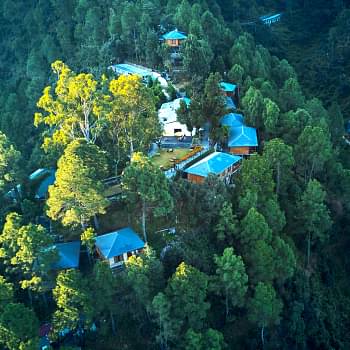
View all
140+
Resorts
January 18, 2024
CM Content Team
For those who don’t know, til ke laddoos is a popular and traditional Indian sweet treat made with sesame seeds, jaggery, and ghee. The sesame laddu is particularly enjoyed during the winter months and celebrations like Makar Sankranti, Lohri, and Pongal. Rich in nutrients, til ke laddu provides a perfect blend of taste and health.
While they are easily available in stores, making them at home is an amazing experience. A sesame laddu recipe can be a part of someone's family tradition. It is the little things that every family adds to it, making it their own. Making these laddus is another tradition handed down by generations.
The earthy aroma of roasting sesame seeds and melting jaggery creates a warm atmosphere at home. Then comes the fun part, where the family gathers to shape the laddus. Even little ones join in. It is a nostalgic journey that connects individuals to memories and family traditions. Homemade til ke laddoos are packed with care and spread the festive cheer when you share them.
For those who don’t have their recipe, we bring you a simple and delicious til ke laddu recipe to try at home.
Before we get to the sesame laddu recipe, here’s what you will need to gather.
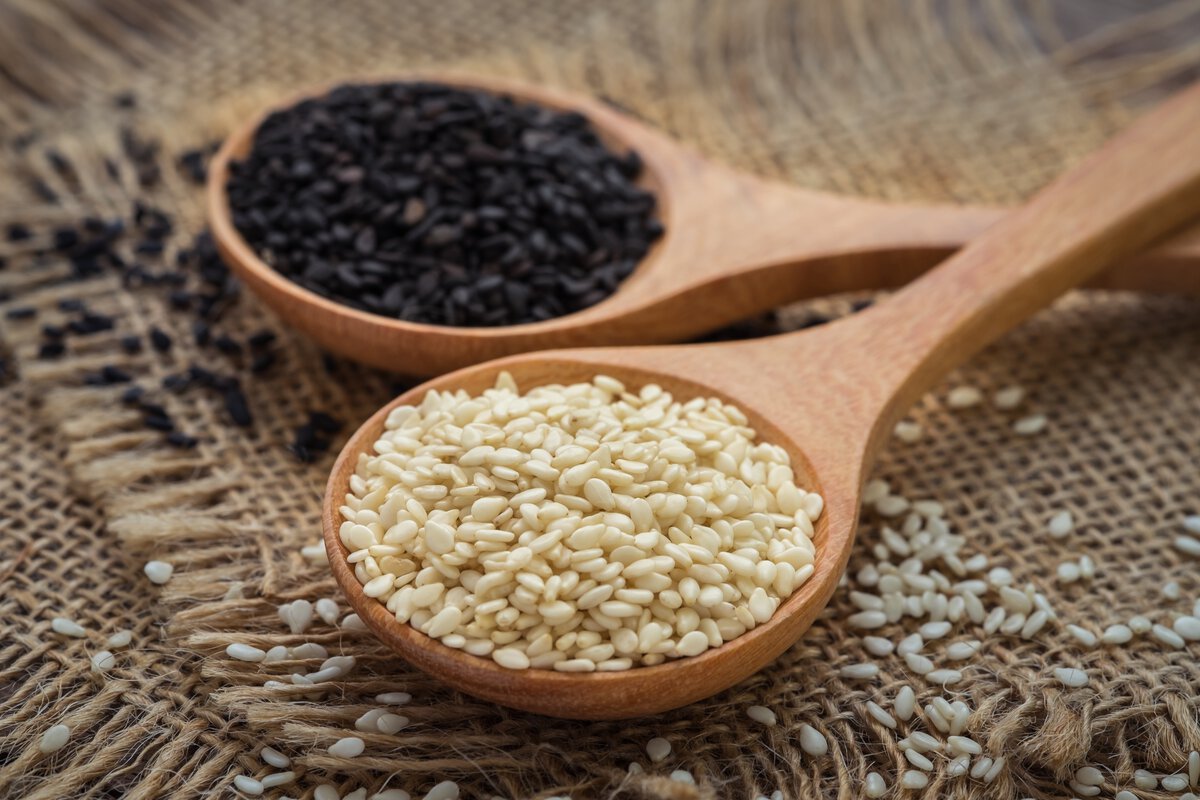
To prepare delicious sesame laddus, you will need:
Now, let’s look at how to make til ladoo.
Follow these simple steps to make your own batch of delicious til ke laddus:
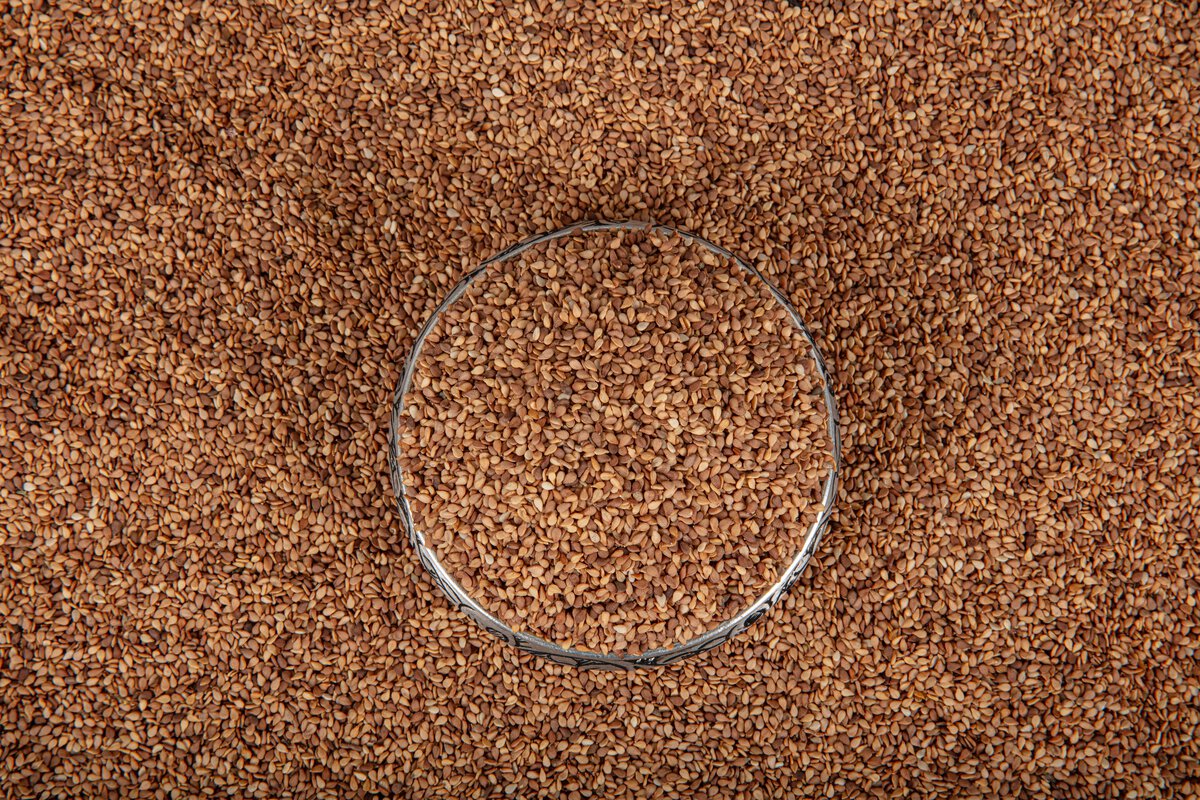
Step 1: Roasting the sesame seeds
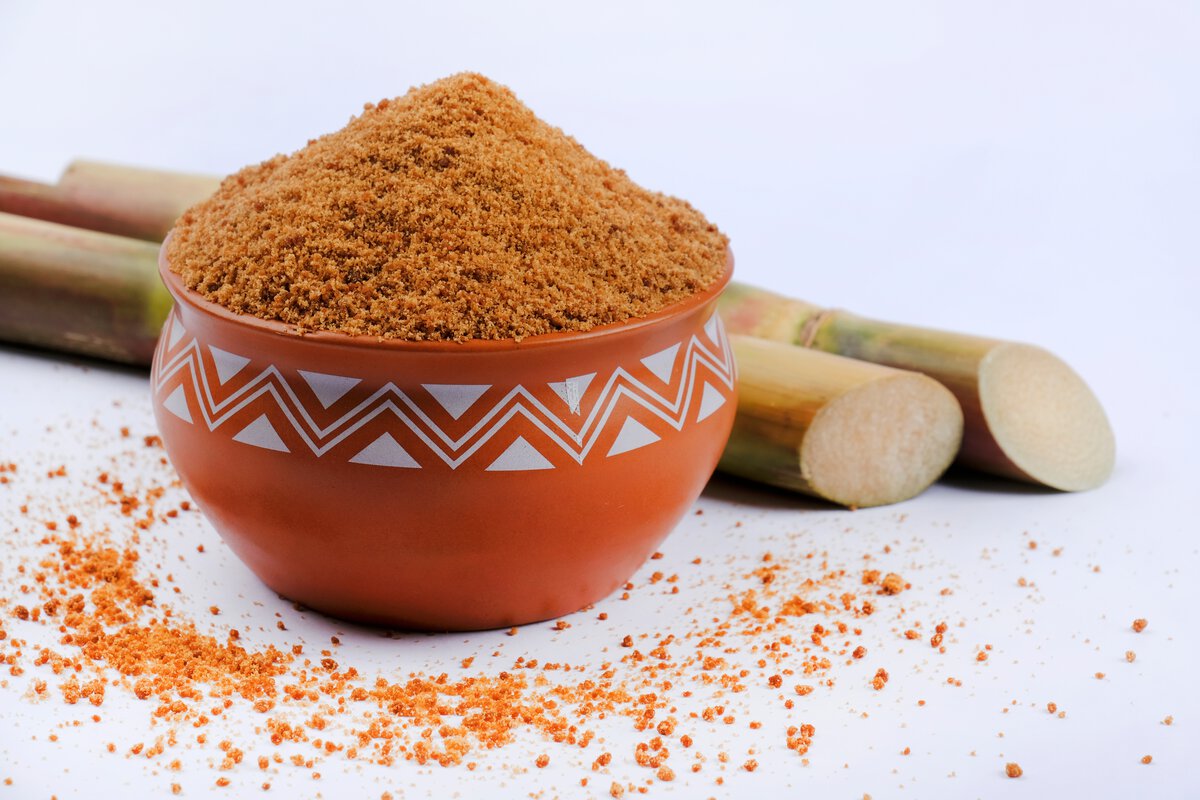
Step 2: Preparing the jaggery mixture
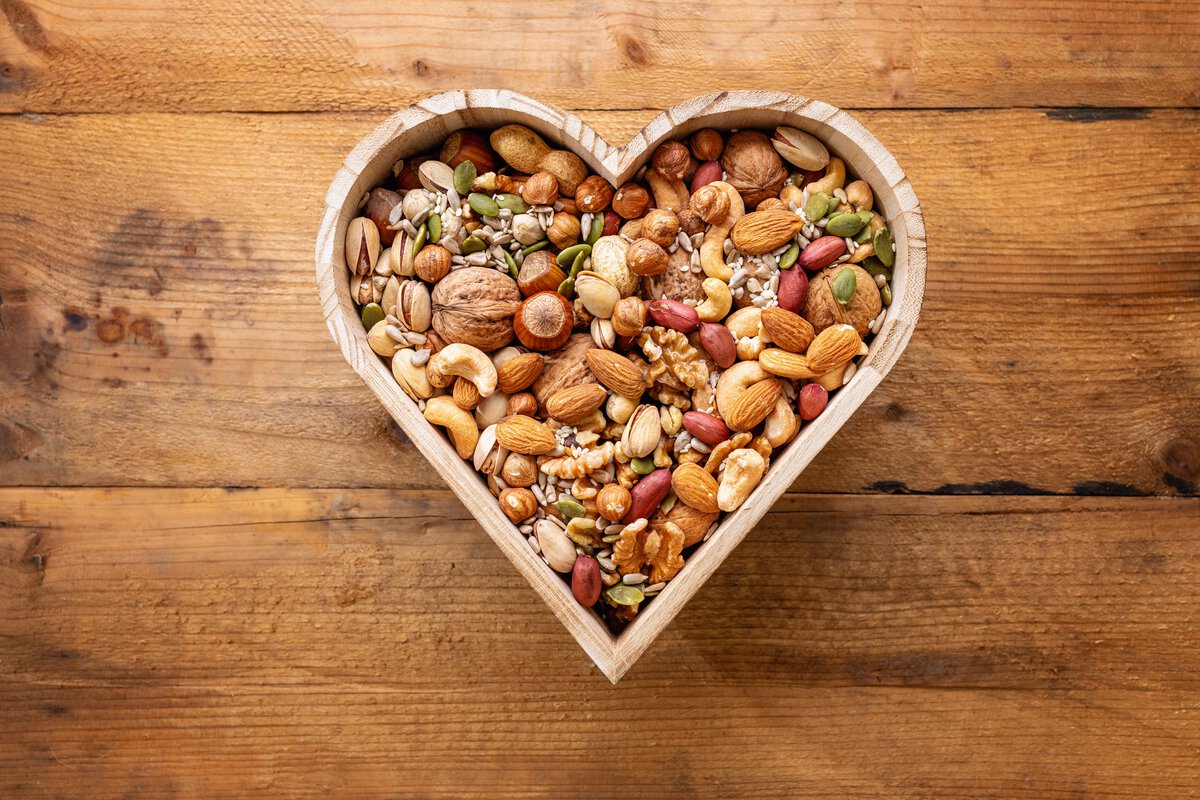
Step 3: Combining the ingredients
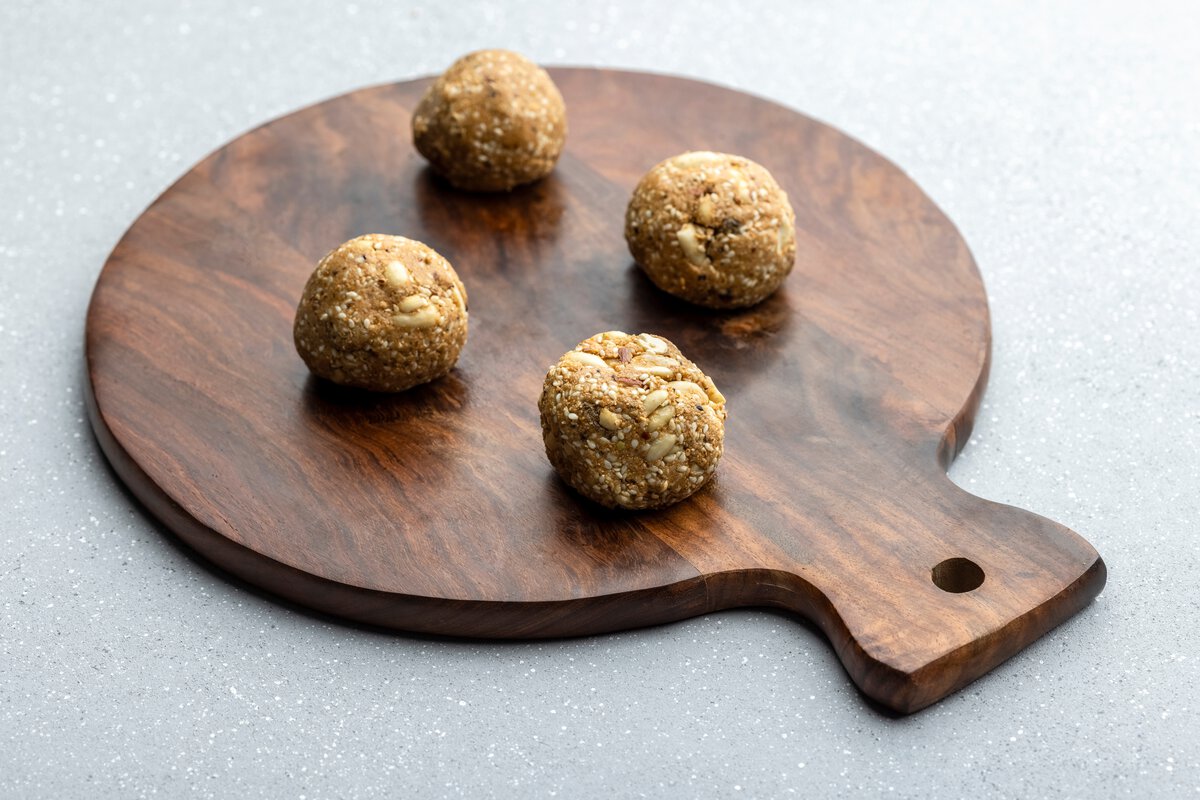
Step 4: Shaping the laddoos
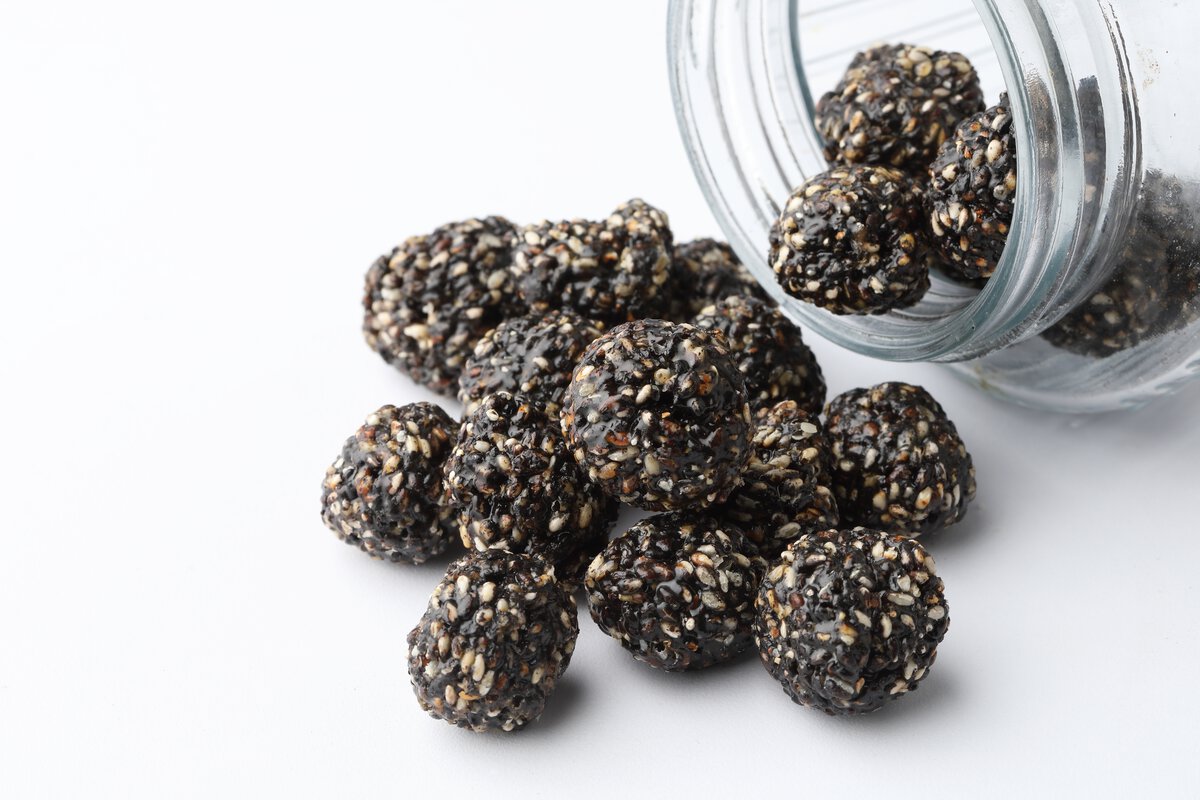
Step 5: Storing the Til Ke Laddoos
To ensure your til ke laddus are perfect every time, keep these helpful cooking tips in mind.
With this simple and delicious til ke laddu recipe, you can now enjoy the warm and comforting taste of this sweet at home. Whether you're celebrating a festival or simply craving a nutritious and tasty treat, sesame laddus are sure to delight your taste buds.
Share this recipe with friends and family so they can learn how to make til ladoo. After all, sharing is caring!
Sesame laddus are not only delicious but also offer numerous health benefits, including:
Til ke laddus can be enjoyed as a healthy snack or dessert at any time of the day. They are particularly beneficial during winter months as they provide warmth and energy to the body. But, since they are sweet, consult your doctor and eat them in moderation. You can tweak the sweetness in your sesame laddu recipe if needed.
It depends on the specific fasting rules you follow. In some fasting practices, consuming sesame laddus is allowed, while in others, it may not be permitted. Check with elders in your family to see if sesame laddu fits your fasting plan.
Eating sesame seeds on an empty stomach in the morning can provide various health benefits, such as improved digestion, increased energy levels, and a boost in essential nutrients. However, eating them in moderation is crucial, as excessive consumption can lead to digestive discomfort or allergies in some individuals.
White sesame seeds are calorie-dense and contain healthy fats, which can contribute to weight gain if consumed in excessive amounts. However, when consumed in moderation as part of a balanced diet, sesame seeds can provide essential nutrients without causing significant weight gain.
Mahindra Holidays & Resorts India Ltd. (MHRIL), a part of Leisure and Hospitality sector of the Mahindra Group, offers quality family holidays primarily through vacation ownership memberships and brings to the industry values such as reliability, trust and customer satisfaction. Started in 1996, the company's flagship brand ‘Club Mahindra’, today has over 300,000 members , who can holiday at 140+ resorts in India and abroad.
We use cookies to personalise content and to provide you with an improved user experience.By Continuing to browse this site you consent to the use of cookies.Please visit our cookie policy for further details.

Welcome to ClubMahindra.com In order to provide a personalised experience for you, we use cookies to enable some website functionality. Cookies help us see which articles most interest you; allow you to easily share articles on social media channels; permit us to deliver content personalised to your interests and locations; along with many other site benefits. For more information, please review our Cookie Policy
When you visit any website, it may store or retrieve information on your browser, mostly in the form of cookies. This information might be about you, your preferences or your device and is mostly used to make the site work as you expect it to. The information does not usually directly identify you, but it can give you a more personalized web experience. Because we respect your right to privacy, you can choose not to allow some types of cookies. Click on the different category headings to find out more and change our default settings. However, blocking some types of cookies may impact your experience of the site and the services we are able to offer.
Because we respect your right to privacy, you can choose not to allow some types of cookies and you have the right to withdraw your consent by send a mail to email id [email protected]
These cookies are essential in order to enable you to move around the site and use its features, such as accessing secure areas of the site. Without these cookies, services you have asked for cannot be provided.
These cookies allow us to employ data analytics so we can measure and improve the performance of our site and provide more relevant content to you. These cookies don't collect information that identifies a visitor down to an individual level that is available to us. These cookies are not passing personally identifiable information to any external third party other than in limited cases when we engage a service provider to act on our behalf but who is then unable to use the data for their own purposes.
Performance cookies are generally third-party cookies from vendors we work with or who work on our behalf that collect information about your visit and use of the Club Mahindra website, for instance which pages you visit the most often, and if you get error messages from web pages. These cookies don't collect information that identifies a visitor. All information these cookies collect is anonymous and is only used to improve your overall experience on how the website works. Third party vendors may have access to this data and may use it to improve their overall services and offerings.
Functionality cookies allow a site to remember choices you make (such as your user name, language or the region you are in) and provide more enhanced, personal features. These cookies cannot track your browsing activity on other websites. They don't gather any information about you that could be used for advertising or remembering where you've been on the Internet outside our site.
Third-party advertising and social media cookies are used to (1) deliver advertisements more relevant to you and your interests; (2) limit the number of times you see an advertisement; (3) help measure the effectiveness of the advertising campaign; and (4) understand people's behaviour after they view an advertisement. They are usually placed on behalf of advertising networks with the site operator's permission. They remember that you have visited a site and quite often they will be linked to site functionality provided by the other organization. This may impact the content and messages you see on other websites you visit. If you do not allow these cookies you may not be able to use or see certain these sharing tools content on our website.